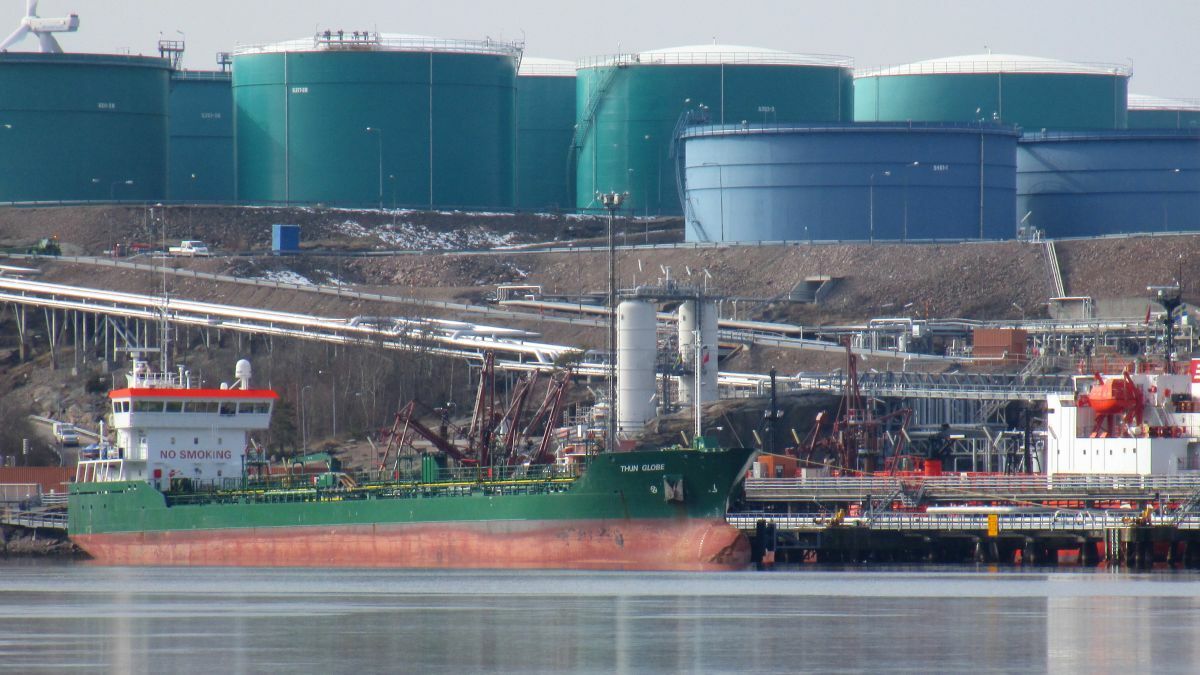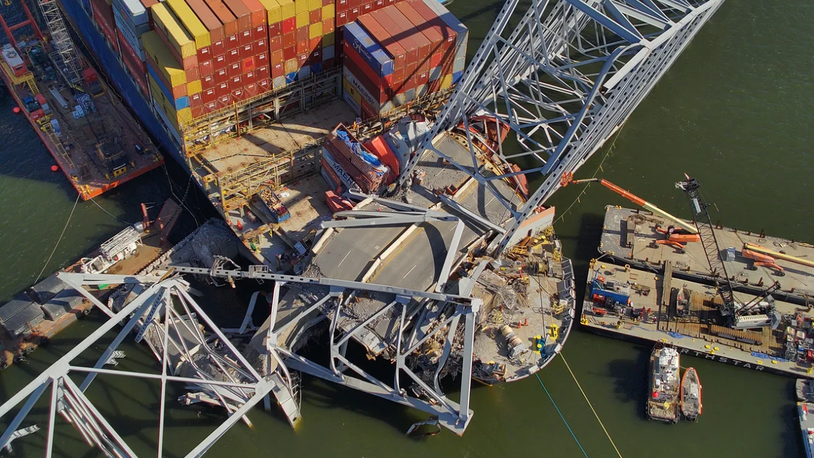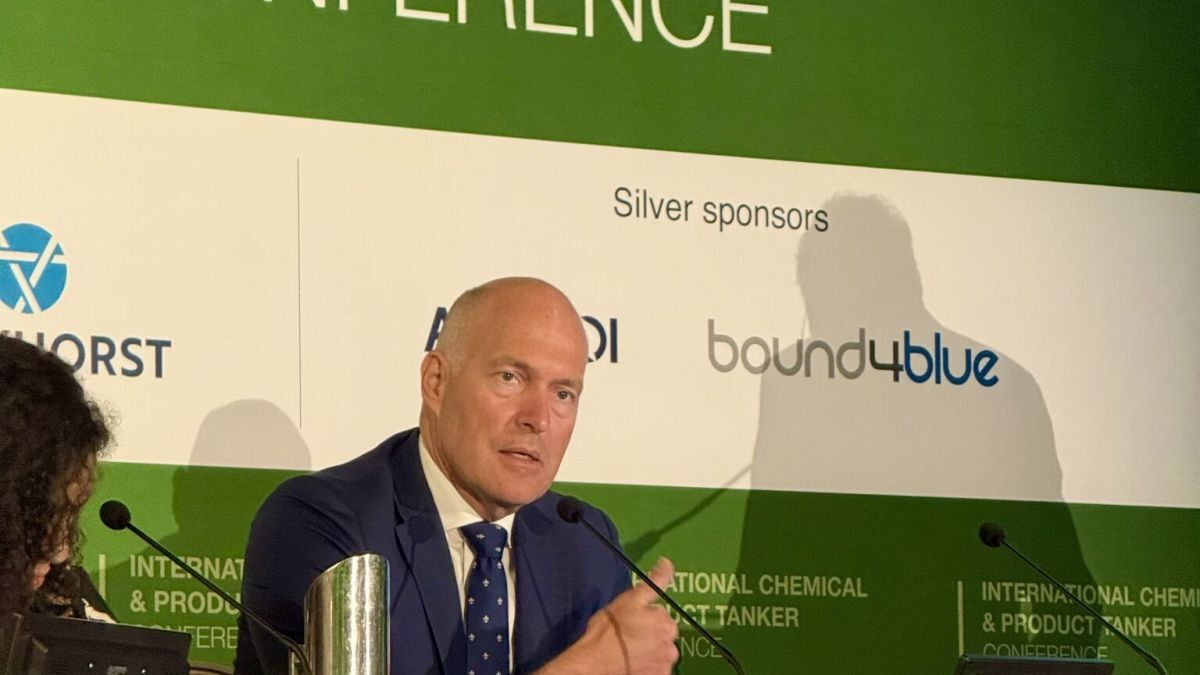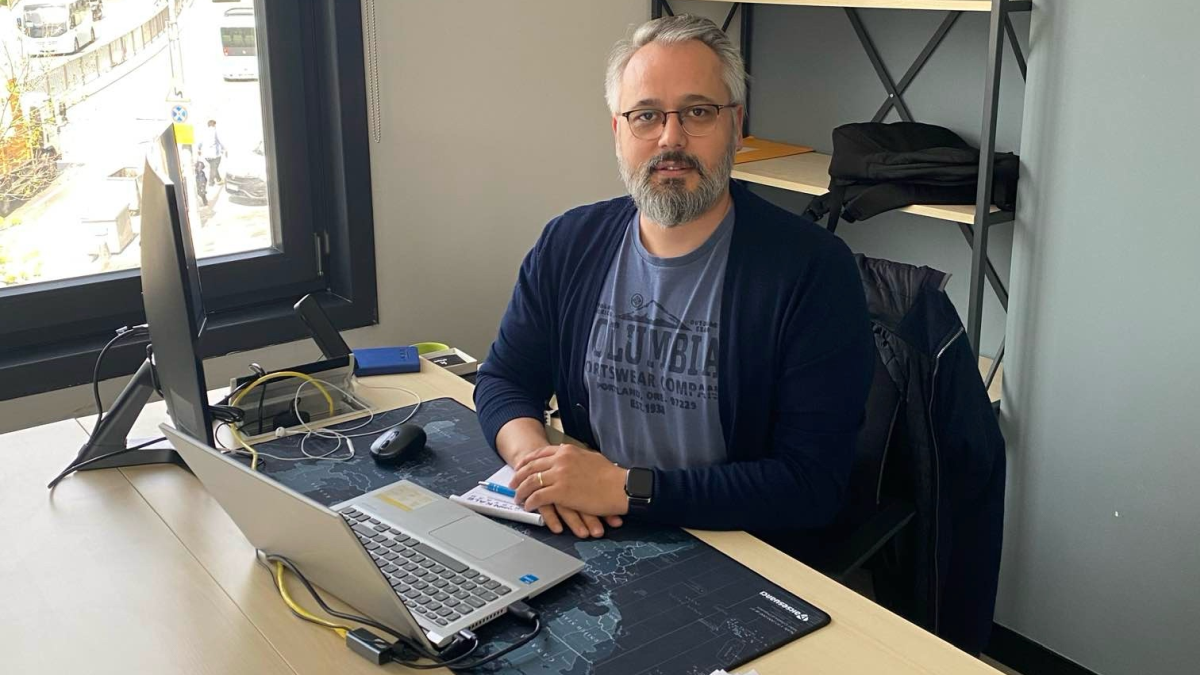Business Sectors
Events
Contents
STM demonstrates the future for e-navigation
With more ships using electronic navigation and digital services, data exchange is becoming critical for sea traffic management and safety
When it comes to smart navigation, shipping companies need to look beyond ECDIS to gain the most from e-navigation. ECDIS is mandatory on board merchant ships, over 3,000 gt for tankers and 10,000 gt for bulk carriers, with more vessels using electronic navigational charts (ENCs) for navigation. Many ships still use paper charts as a back up to ECDIS but shipping companies are increasingly adopting paperless navigation.
Many have taken the next step by implementing electronic voyage planning using ECDIS or a back-of-bridge electronic workstation. Others use weather routeing to optimise voyages, sometimes from shore with the results sent to ship masters as advice for fuel-efficient sailing.
A further step being developed and piloted involves electronic data exchange between ships, ports and vessel traffic systems (VTS) in ports. Benefits include optimised route planning, reduced operating expenditure and emissions, while there is less administration on ships and more control over fleet performance from shore.
Another important benefit is improved safety, especially in densely navigated areas where poor communications can cause accidents. These can have extreme impacts on seafarer life, the environment and owners’ assets and cargo. Which is why measures to improve navigation safety through better data exchange are essential to reduce accidents.
Sea Traffic Management
This was a key reason for developing Sea Traffic Management (STM) to improve the exchange of voyage data between ships, ports and national VTS operators. STM development has been partially driven by the Swedish Maritime Administration and other stakeholders in the Baltic region to improve safety through technology innovation.
It is built on the methods, results and the maritime service infrastructure developed in previous projects such as EfficienSea II, Monalisa 2.0 and STM Validation. It then spawned specific e-navigation developments, the latest being the EU-funded project Safety of Navigation in the Baltic Sea by Sea Traffic Management (STM Balt Safe).
“Our industry needs to improve the exchange of information between ships, and between ships and shore, to enhance situational awareness and improve overall safety, capacity utilisation and just-in-time operations,” says Swedish Maritime Administration’s STM Balt Safe project manager for research and innovation Ulf Siwe.
“STM can answer the need for improved safety, environmental performance and efficiency in maritime transport, within port areas and between ports,” he says.
The STM concept takes a holistic view of services within shipping, from berth to berth. It encompasses exchanging voyage plans and integrating STM functionalities in VTS shore centres.
STM Balt Safe will work towards enhancing safety in the Baltic Sea by providing STM-enabled maritime services to the tanker traffic in the area.
“The Baltic Sea experiences some of densest sea traffic in the world,” says Mr Siwe. “With many tanker and passenger ships crossing routes as well as narrow passages, the risk of accidents is high.”
As part of STM Balt Safe, services for the enhanced monitoring of maritime traffic will be developed and tested. Automatic reporting services to ship reporting systems such as GOFREP (Gulf of Finland Reporting), SOUNDREP (the mandatory ship reporting system in the Sound between Sweden and Denmark) and Maritime Single Windows will be developed and tested.
“Different services that optimise the ship´s voyage and decrease the administrative burden will also be developed and tested,” said Mr Siwe.
“With systems in place based around the near instant exchange of information between both ships and onshore facilities, STM Balt Safe is looking to help vessels get a better understanding of the intentions of other vessels in the same navigational space,” he continues, “enabling them to predict how on-water traffic will develop and thus avoid risky situations.”
Another benefit is delivering route optimisation in congested waters. “New and upgraded systems can also enhance automatic reporting, reducing administrative burdens on the crew and minimising error,” says Mr Siwe.
“Having shore centres monitoring and facilitating communications will give greater insights into traffic flows, risk situations and situational awareness.”
For example, the Saab-based VTS in Estonia, the Navielektro-based VTS in Finland and the new VTS-system in Sweden will be able to receive and send route plans to vessels, enabling services such as route cross-check and risk situation alerts.
Information is transferred via the automatic identification system between ships, between ships and shore, and the data is shared through maritime digital infrastructure.
In Q2 2020 Wärtsilä Voyage won a contract to update the ECDIS on board 50 tankers as part of the STM Balt Safe project. This is on top of the 400 ships already able to share routes through their ECDIS.
STM verification
To examine the use of STM, DNV GL is taking part in this EU-funded project, says DNV GL risk scientist for maritime transport George Psarros.
“Verification is key to ensure safe and successful adoption of any new services,” he says. DNV GL regularly contributes to developing international standards and new technical approaches for shipborne navigation and bridge systems.
“We are establishing an approach for verifying the new capabilities onshore and on board ships,” says Mr Psarros.
DNV GL is designing a type-approval programme and identifying relevant standards appropriate for STM-enabled equipment on board vessels and in VTS centres. It is also developing methods, procedures and tools to support such verifications.
“An important aspect is to explore the feasibility of remote verification utilising remote test functions and operational data,” says Mr Psarros. This is “to complement or even reduce on board surveys and inspections, since testing may be witnessed by remote observation and post evaluation or recorded test data.”
In this way, the type-approval process gains enhanced flexibility, improving efficiency and reducing the intrusiveness of the verification regime.
In Q1 2020, Navelink, a non-profit industry consortium, started running the STM ecosystem and the underlying infrastructure at least until mid-2021. Kongsberg, Saab and Wärtsilä founded the Navelink consortium in December 2019, with consultancy Combitech tasked with the delivery of its operations. All current STM projects will run on this platform and new services are expected to be added in future. The affiliated Maritime Connectivity Platform links shipping companies with navigation support services.
In the coming years, more navigation operations will be automated to reduce the administration burden on seafarers, improve data quality and accuracy. E-navigation will also enhance decision making, shorten response times and enable more efficient data sharing between maritime stakeholders. Data exchange will be streamlined and automatic to minimise intervention from bridge officers.
Safer navigation reduces ship detentions
There is evidence that shipping companies and their crew have improved their understanding of ECDIS and electronic navigational charts with fewer ships being detained for deficiencies.
According to the latest information from classification society ClassNK, fewer ships were detained for navigation-related deficiencies in 2019 than in the two previous years.
It published a report with statistical analysis of ships registered with ClassNK detained by port state control (PSC) in July 2020. In that report, ClassNK analysed the reasons for ship detentions and deficiencies, including issues with electronic navigation systems.
From January to December 2019, 394 PSC detentions were reported relating to 371 ships, from the 8,501 ships classed by ClassNK. This was higher than 384 detentions in 2018, but lower than 426 in 2017.
This information comes from publications related to detained ships issued by the US Coast Guard, and the groups of PSCs under the Paris MoU and the Tokyo MOU.
In that data, ClassNK identified 71 detainable deficiencies on its classed ships in 2019 because of navigation safety issues. This was down from 125 in 2017 and 87 in 2018.
Navigation safety was the fifth highest category for deficiencies, with fire safety the highest reason, followed by issues with ISM Code, life-saving appliances and emergency systems.
Of the 71 deficiencies discovered by PSC inspectors in 2019, 16 were due to navigation charts not being updated or ships not having the correct navigation charts for an intended voyage.
Another 10 were for ships not having updated nautical publications, including tide tables, lists of lights and lists of radio signals. Another 10 had defective voyage data recorders or the alarm panel was showing ’system error’. Another six ships were detained because ENCs were not updated and six had a malfunctioning echo sounder.
Covid-19 delays IMO safety navigation efforts
Coronavirus has delayed IMO’s efforts to adopt new navigation routes. Its Maritime Safety Committee (MSC 102) was meant to meet in May 2020 to approve amendments to shipping routes.
These amendments were agreed by IMO’s Sub-Committee on Navigation, Communications and Search and Rescue (NCSR) in January this year and were forwarded to MSC 102 for adoption, with implementation six months later.
Approved amendments included creating an additional two-way route in the Great Barrier Reef and Torres Strait in Far North Queensland, Australia to serve as a protective measure for the Particularly Sensitive Sea Area in the Great Barrier Reef and Torres Strait.
Another was a two-way route in the traffic separation scheme (TSS) off the French island of Ushant at the south-western end of the Channel, to remove ambiguities and account for developments in ship navigation and traffic management technology.
NCSR 7 also approved harmonising and consolidating ship routeing systems in Norway, covering the western and southern coasts of Norway and the coast of Norway from Vardø to Røst.
Each have their own TSS and recommended routes, which NCSR 7 recommended to MSC to harmonise with one set standard. The sub-committee also approved amendments to the Slupska Bank TSS in the southern part of the Baltic Sea to extend the existing TSS in Poland. This should reduce the danger of groundings in the area of shallows detected further east of the existing TSS and outside Polish territorial seas.
Riviera is hosting a week of free to attend 45-minute webinars focused on maritime communications commencing 20 July. Register your interest now
Related to this Story
Events
Maritime Environmental Protection Webinar Week
Cyber & Vessel Security Webinar Week
The illusion of safety: what we're getting wrong about crews, tech, and fatigue
Responsible Ship Recycling Forum 2025
© 2024 Riviera Maritime Media Ltd.















